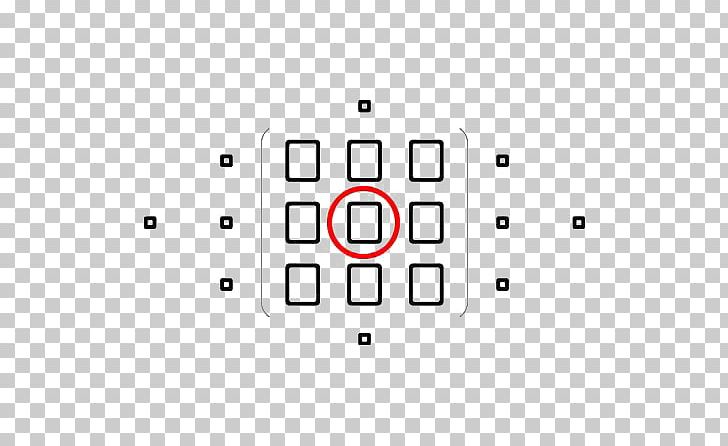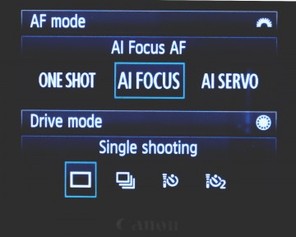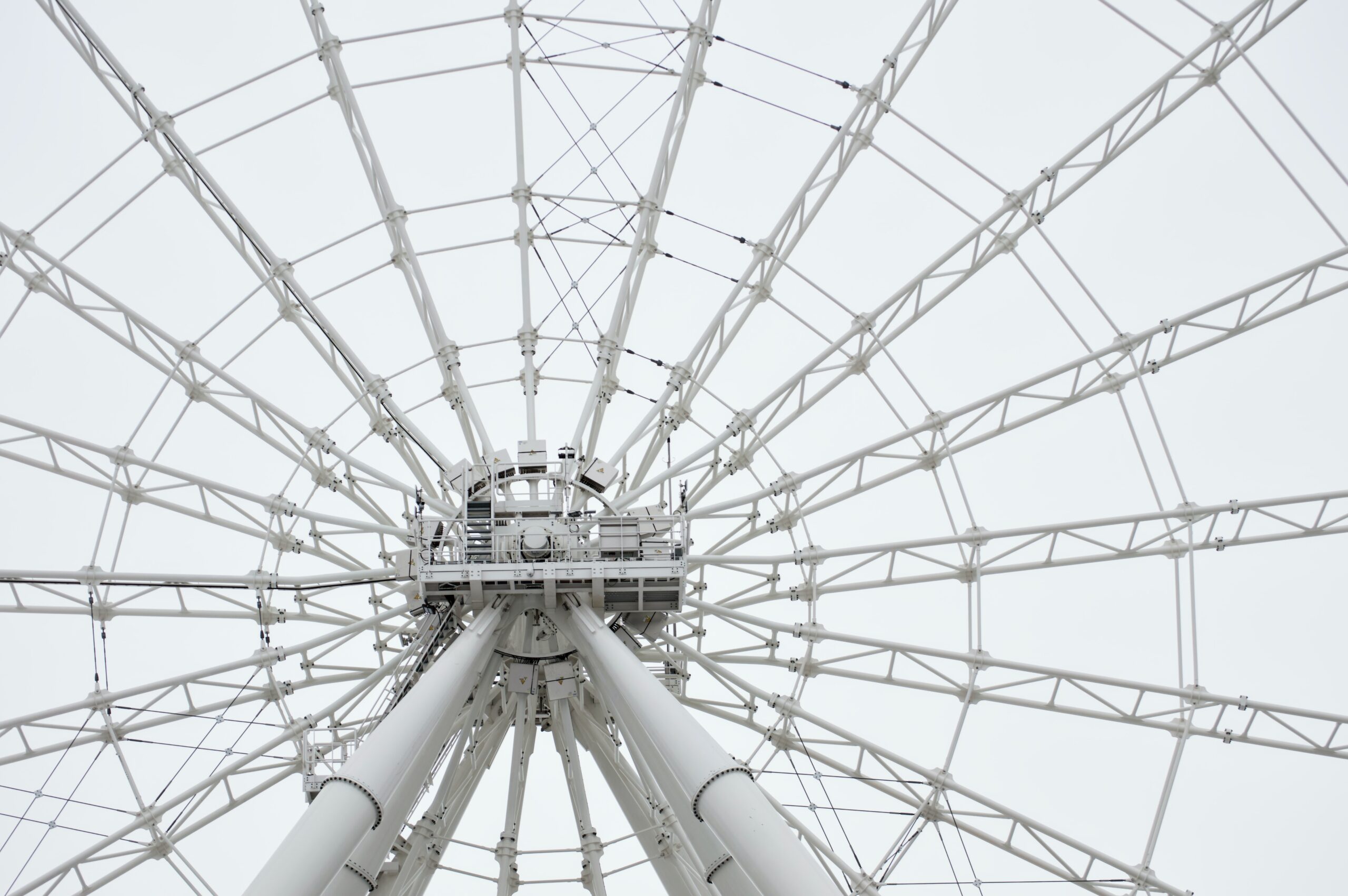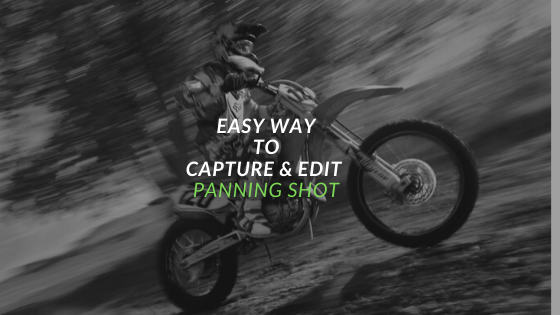There are many critical skills required to create photographs viewed and liked by everybody. One of these critical skills involves Focus.
Without knowing how to focus it becomes difficult to convey the emotions we feel when working with a subject and impact the viewers.
The main point of focus in photography is to get the sharpest and most detailed photographs.
What is the Point Of Focus In Photography?
Focus in photography can be said to be the process of adjusting the lens to find the best resolution, sharpness, and contrast for your chosen subject according to the situation.
You can do so either using manual focus or your camera’s autofocus system it depends on you.
Another term used in photography is the point of focus.
A point of focus is basically what you use to determine where the camera will be focusing the image. When you look through your viewfinder, these are the rectangles or circles that you see.
Know The Types Of Points Of Focus

If you want to go into more detail about the point of focus or autofocus points, there are three types. These three types include vertical, horizontal, and cross-type.
Vertical auto-focus points detect contrast on vertical lines, horizontal auto-focus point detects contrast on horizontal lines, whereas cross-type analyze both vertical and horizontal lines together.
Focus points tell your camera which point or object to focus on. These points target a certain part of the image and make sure that they are in focus.
These focus points can be chosen automatically by the camera or you can even choose them manually.
Both ways work extremely well, the only factor it depends on is how specific you need your photographs.
With focus points, there are two modes inbuilt into cameras to find the most suitable points of focus.
These modes include manual and autofocus modes. As both the names suggest manual mode is where you have full control over where you want to focus in the full frame.
Autofocus mode is where you give control over to the camera on where to focus in the whole frame.
Here’s a quick way to learn Manual vs Automatic Focus Stacking with comparison.
Now let’s understand different types of autofocusing modes…
Types Of Autofocusing Modes
Depending on your subject and motion, there are three different camera autofocusing modes to choose from.
- Single
- Continuous
- Automatic

Single autofocus is the primary setting in autofocus. In single autofocus, your camera locks the focus on the subject but this setting does not follow the movement of the subject.
Continuous autofocus on the other side is a more advanced setting and tacks the subject even if it moves.
The efficiency of the continuous autofocus mode depends on many factors such as the subject’s movement, the light conditions, the camera technology, etc.
Both autofocus and manual have their features as well as their downsides respectively.
It completely depends on the photographer, the subject, and the type of photography among other things.
Where Does the Point of Focus In Photography Come Into The Picture?
As you know, as a photographer we can’t use the same point-of-focus method to capture portrait and street photography.
so here are some types of photography and the types and number of focus points you can utilize to improve that specific type of photography…
Portrait photography

In portrait photography, there can be two cases on which the types of focus points depend.
The first one is if you are capturing posed portraits, then there is no need for many focus points.
In posed portrait photography you have control over how the model moves and hence it is easier to control the focus points.
For better posed portraits you can use the single-point area mode. In single-point area mode, you can see. Thus mode provides more precision and control over your portraits.
Now the next case is the candid shots. For candid shots, the dynamic area mode works wonders.
In dynamic area mode, once you select your focus point if your subject moves, the camera uses the selected point as well as the surrounding points to keep the subject sharp.
Street photography
There are many ways to focus on street photography. The first one is you can use the manual mode for focus and use zone focusing.
Zone focusing completely takes away the ‘focusing’ element of street photography.
Because you have pre-focused the lens for a specific range of feet/meters to a zone (an area) where everything will be sharp within that distance, all you have to do is to fire the shutter button when you see that moment that you need to capture.
The second is using a continuous autofocus mode. It is a more advanced autofocus mode.
Using continuous autofocus mode, your camera can track the subject even if it moves around in the frame.
Now another method is automatic autofocus or combination autofocus. As the latter name suggests it is a combination of single and combination autofocus modes.
This mode allows your camera to switch between both modes depending on the movement of the subject.
The methods mentioned above are considered the most efficient in the case of street photography.
Night photography
Night photography is already full of challenges. One of the biggest challenges for both beginners as well as pros is to achieve accurate focus while capturing extremely dark scenes.
There are a few methods to conquer this challenge as well. The first and the most direct one is switching to manual mode while focusing.
On a DSLR, you should be all set if you can see the image clearly in the viewfinder in the dark.
The next method is using the live view feature that is available in most DSLRs.
In live view, the camera shows the image on the LCD screen thus acting as a digital mirrorless camera.
In this feature, the mirror moves out of the equation which makes the camera work as a point-and-shoot camera.
Every night photographers consider this technology a blessing as it allows them to focus manually and zoom on the image using the LCD screen.
Another method if your camera doesn’t have the live view feature is infinity focus.
Depending on your subject, the scene before your camera may be well past the focus range of your lens and into the “infinity” distance.
In that case, the best option is to set your lens to infinity which will allow anything past a certain distance to be in focus in the shot.
Landscape photography

In landscape photography it fully depends on the photographer who wants to focus on the subject, there can be two ways to do so.
The first and the most obvious one is to use a manual mode. Manual mode lets you focus on the subject you want to highlight in the portrait.
The second method is to use a single autofocus. It is the most basic autofocus option and hence available on mostly all the cameras available in the market.
In single autofocus, your camera will lock the focus on the subject that you want to photograph but if your subject moves you will have to focus all over again.
Product photography
In product photography the main requirement is that photographs should be focused on your product as a whole, especially on the label.
Meeting the most important requirement of product photography is easy. You can do so using either manual or autofocus mode.
It depends solely on the photographer whichever mode you are the most comfortable in.
In manual mode, the settings give you control over the brightness of the image i.e how bright or dark the image is.
Another option is to use the automatic mode. While using the automatic mode you give the authority to the camera to decide on your behalf.
Most photographers think it might be more convenient but the expose always gets messed up a little using automatic mode.
With manual mode, you have full authority over how you want the picture.
If you don’t have the time to adjust all the settings manually you can use the single autofocus.
The common issue with manual focus is if you’re off by just a fraction, it can mess up the focus in your product photos.
Now the wrong focus can completely ruin the product shot sometimes.
But with single autofocus, you can have your camera lock focus on the subject, and that will result in sharp product photos.
Sometimes having the camera do all the work can be a nice thing and result in better shots.
If you want to master product photography then you can follow PeterMcKinnon on youtube.
Sports Photography
The main challenge in sports photography is that you need to know the next move of the athlete.
One second he might be indicating toward the right and the next he will be running left.
There are already a lot of things you need to worry about in sports photography such as the aperture, shutter speed, and ISO while keeping your eye on the game.
On top of all these things manual mode can be quite a headache, hence you can use autofocus mode to make your job easier.
The best autofocus option for sports photography according to many professionals is continuous autofocus.
Using the continuous autofocus mode, you can lock onto a moving subject and track them across the frame.
This mode ensures you get some great shots no matter how fast they move.
Another feature of continuous autofocus mode is predictive tracking.
Predictive tracking is where your autofocus system predicts the movement of the subject.
Internal artificial intelligence tracks the subject by predicting where it will be next. It’s surely some impressive stuff.
Now a commonly asked question about focus by many beginners is answered below…
FAQs about Point of focus in Photography
Q1. How Many Autofocus Points Does An Entry-Level And Pro Camera Have?
Differentiating entry-level DSLRs from professional ones is done by administering different types of autofocus systems.
Entry-level DSLRs as the name itself suggest have a small number of autofocus points for primary focus, on the other hand, pro-level cameras have a more complex and high-level auto-focus system.
These focus points are a part of “Phase Detection AF”, so each one of the focus points can be used by the camera AF sensors to detect contrast.
The focus points are intentionally laid out in certain parts of the frame. The number of focus points, along with the layout varies not only by the manufacturer but also by camera models.
If you notice, Nikon D5000 has a total of 11 AF points and Nikon D300s has a total of 51 AF points – a big difference in the number of AF points, this tells the difference between an entry-level and a pro camera.
Q2. How many focus points do I need?
The number of focus points you need depends on the kind of photographs you need.
You need a different number of AF points for different types of photography as every different type of photography requires a different type of focus on different areas.
However, it is not just the number of focus points that matters there are also different types of focus points.
The use of these different types of focus points also depends on different types of photography as there are different requirements for each photograph.
Like there is a need to track the subject in sports and wildlife photography but for product photography, you just need to focus on the product’s label.
As mentioned earlier different numbers and types of focus points are required for different types of photography.
Some types of photography and the types and number of focus points and types of focus points are mentioned below.
Conclusion
We have established in the above article that focuses is one of the most critical factors in photography.
There are many settings available in cameras today to adjust the focus while capturing pictures. The choice between manual and autofocus mode is completely on you and how much you are comfortable.
In autofocus mode, there are further three divisions known as single, continuous, and automatic autofocus modes that can help you properly focus on the subject.
There are different situations to use the above autofocus modes in your photography to get the most satisfying results.
In addition to these modes, there are a few points where you need to focus known as points of focus to get more sharp pictures.
Different types of photography require a different amount of focus on the subject and the surroundings.
Almost everything related to focus and point of focus that you need to know while capturing your photographs is mentioned in the above article.
Hope this article helps you to master the point of focus in photography, cheers.
Read more
- 15 IMPORTANT Things To Know Before Starting A Photography Blog
- 7 Secrets To Do Better At Photography | Improve Your Photography
- 27 Great Photography Blogs You Need To Follow In 2023 | Indian Edition
- Canon vs Nikon In-depth Comparison | Find the Perfect One in 2023






